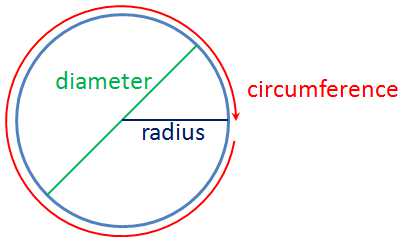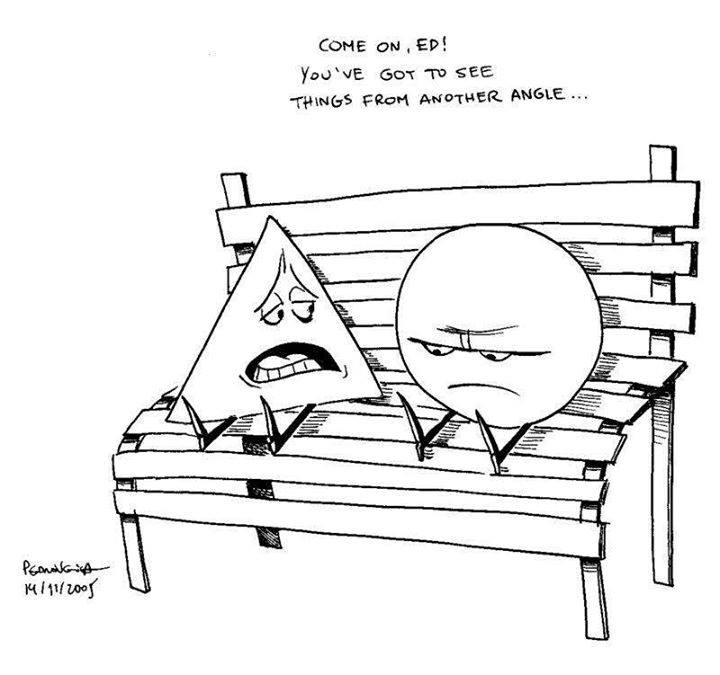Calculating The Value of Pi
We have met the number or the approximation of pi (written as
) in our good old elementary school days. In fact, we have used it a countless number of times in mathematical computations. Most of us have used it when calculating the area of a circle or volume of a sphere, but only a few probably know that it appears in numerous branches of mathematics and even in other sciences.
The number is the ratio of the circumference of a circle to its diameter. What does that mean? It means that if we measure the circumference of a circle and its diameter and divide them, the quotient is “three point something.” Now that three point something is
. What is amazing is that this is always true even if the circle is a big as a planet or as small as an atom. » Read more


